There are some slight differences in connotations of each letter ending. I‘ll order them in increasing formality.
Love
Very personal. Used between lovers, family and close friends.
Cheers
Very casual. Used between friends. Can be used between coworkers if you want to appear very casual, at the risk of sounding unprofessional.
Take care
Casual and used between friends.
Thanks or Thank You
’Thanks‘ is very casual and ’Thank You‘ is formal. Usually used in a business setting. ’Thank You‘ is a great way to end an email to a stranger, especially if you are making a request or asking a question.
Yours or Yours Truly or Truly
Casual or Business casual. A more personal, but still polite way to end the letter. You’ve probably met the recipient in real life.
Best or Best Wishes
Casual or Business casual. A polite way to end the letter. Can be used between friends or strangers.
Sincerely or Sincerely Yours or Yours Sincerely
Casual, Business casual or Formal. The standard letter ending. ‘Sincerely’ is the most versatile ending because it can be used to end either casual or formal correspondence. If you‘re unsure about how to sign your letter, use ’Sincerely‘.
Regards or Best Regards
Business casual or formal. You would use this if the recipient is someone you haven’t met in real life.
Cordially
Formal. Used in business correspondence when the topic of the letter is serious. Sometimes used if there is a conflict between the sender and the recipient.
Using an ending that is too casual for the situation may not always be inappropriate. Conversely, using a casual ending can show your self-confidence. But to do this requires you to gauge whether the recipient would like a more casual conversation.









 大马U.S.News排名
大马U.S.News排名 2022大马QS排名
2022大马QS排名 马来西亚QS亚洲排名
马来西亚QS亚洲排名 高考后留学美国
高考后留学美国

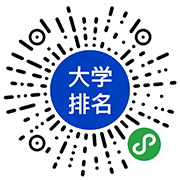
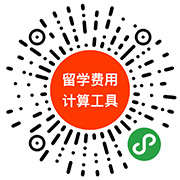
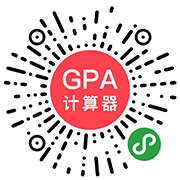
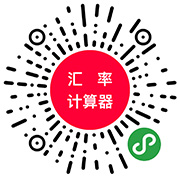
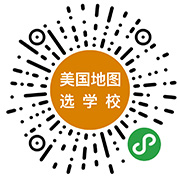
 香港大学
香港大学 香港中文大学
香港中文大学 香港科技大学
香港科技大学 香港理工大学
香港理工大学 香港城市大学
香港城市大学 香港浸会大学
香港浸会大学

